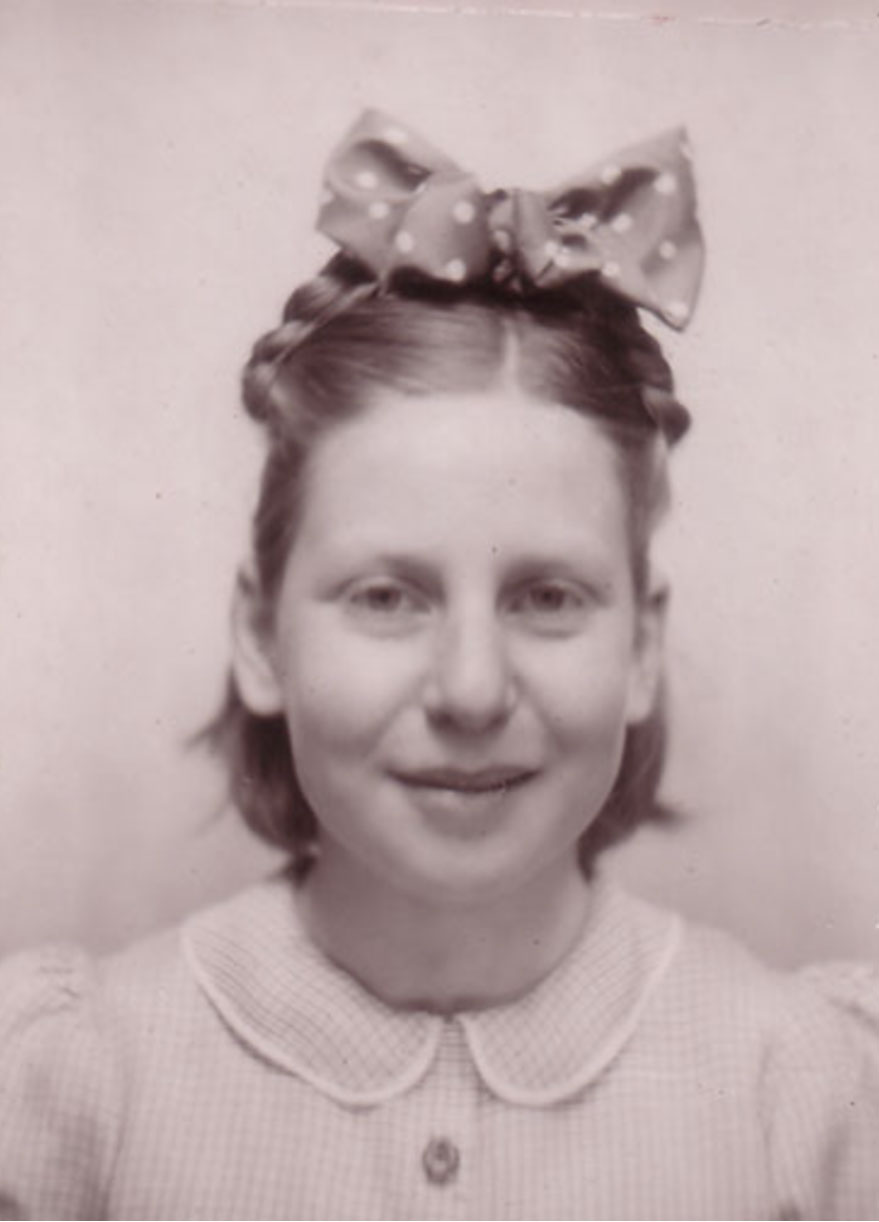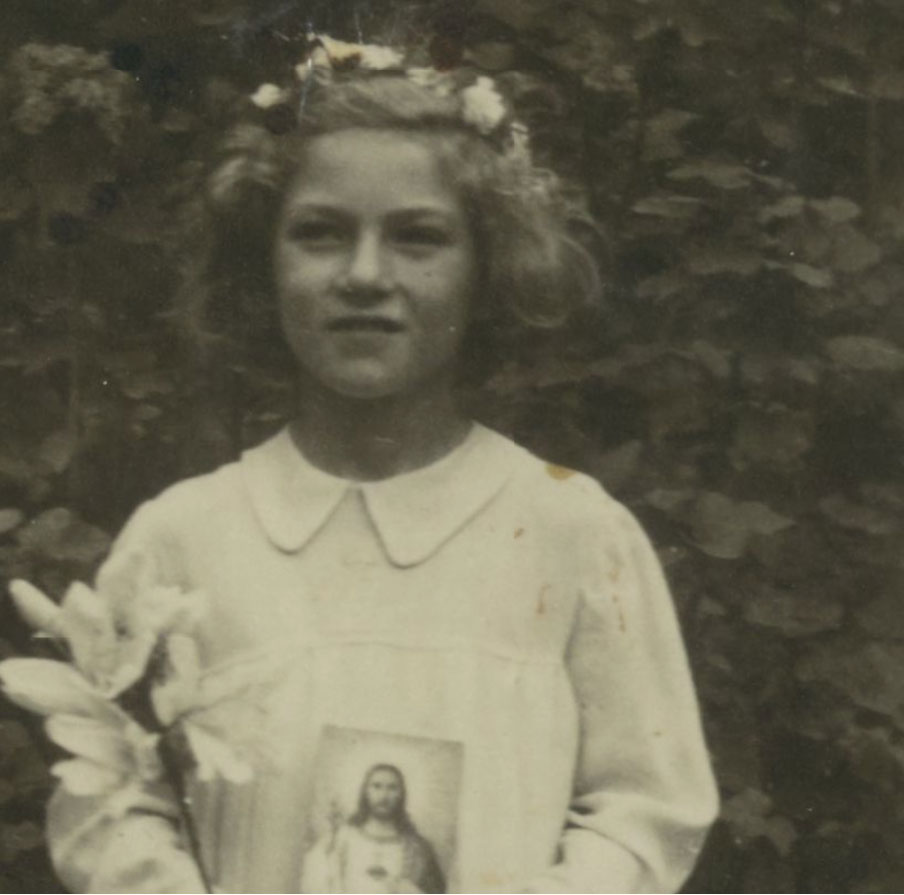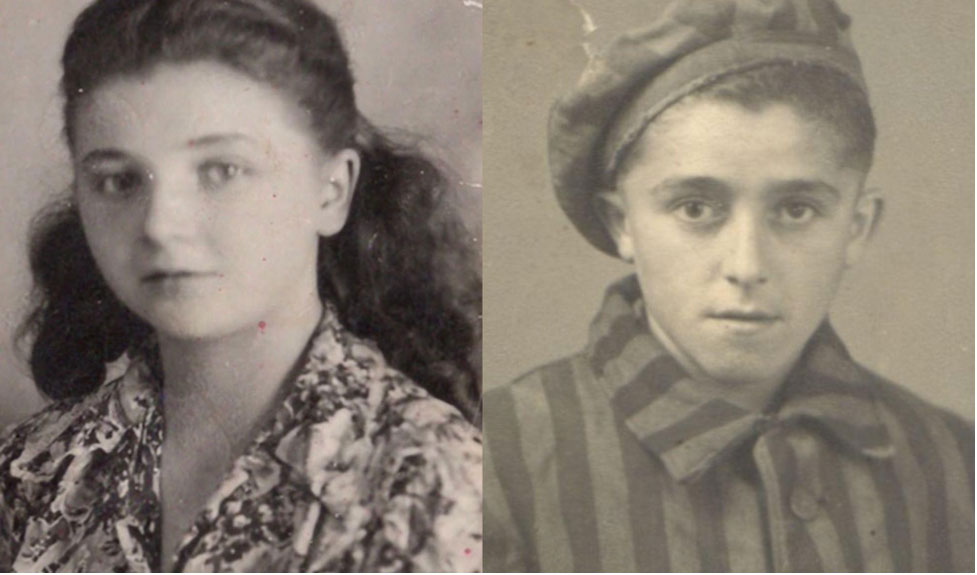
Remembering The Blessings of Holocaust Survivors on Yom HaShoah (Israel’s Holocaust Remembrance Day)
This article was contributed by Kate Gaddis, UHCL alum and former Signal staff member.
The Holocaust was a horrific event that murdered six million Jews and left few survivors. Those who managed to survive continue to share their stories of survival. Here are some of the stories of a few survivors.
Ruth Krell Steinfeld
Ruth Krell was born on July 8, 1933 in Germany. She was the youngest of two girls. Her sister, Lea was born on May 23, 1932. When Ruth was born, Hitler had already made a decree that no Jewish child that was born could become a citizen of Germany. She was never a citizen of Germany. Ruth had described her childhood as rather lonely, as her peers would not play with her or not invite her to parties or anything, because she was Jewish.

When Kristallnacht (the Night of the Broken Glass) happened, on November 9, 1938, the Gestapo came to her house and arrested her father. He came back, thankfully, as many of the Jewish men who were rounded up during Kristallnacht, were deported to Dachu or Majdanek.
On October 22, 1940, when Ruth was just seven years old, she and her family were taken from their home to jail. From there, they were deported to the concentration camp, Ruth’s mother and sister stayed with her on one side of the camp, while her father was on the other.
An organization called OSE (Oeuvres de Secours aux Enfants), who specialized in rescuing Jewish children, were able to get into the camp and convince her mother that they would take her children and place them in homes that were safe. In the middle of the night, her mother told her and her sister to get on the bus that was waiting for them. Ruth remembers her mother waving to her when the bus left. That was the last time she saw her mother.
They were taken to the Chateau De Masseuil. It was an old castle and there were lots of children, some even her own age. Then, her and Lea were placed in the Chapol’s home. The Chapols were farmers and they had a daughter of their own. They were given new names and new identities. They posed as Catholics. Everything seemed fine for a little while, until the Pastor of the town suspected the girls were Jewish. They could not stay there. OSE came back and placed the girls in an orphanage, where they remained until the end of the war.
In 1946, her grandpa, Jacob Kupunstein saw an ad of two girls looking for their parents. These girls were Ruth and Lea. Her grandpa responded to the ad and brought them to the United States.
But their joy turned to sadness really quickly. Shortly after the girls arrived, he passed away. They then lived with an aunt and uncle. They were not happy living there. In 1949, they decided to leave New York and move to another town. They picked Houston, Texas. The girls knew no one in Houston. When they moved to Houston, her sister was in one home, and she was in another home. She did not get the chance to see her sister much, but they made a decision that they would get jobs and live together. She got a job when she was sixteen and Lea was seventeen. They did not always get along, but they did not bring up their past. They started having friends, boyfriends and really enjoying their new lives in Texas. Ruth was involved in the Jewish Community Center in Houston.
It was not until 1981 when she discovered that both of her parents were murdered at Auschwitz in 1942. They were deported from GURS to Drancy, then to Auschwitz.
Ruth opened a salon and was very successful. She married a man named Larry Steinfeld in 1954. They were married until his death in 2015.
Both Lea and Ruth were on the Houston Holocaust Museum board.
Ruth still lives in Houston.
Halina Peabody
Halina hid in plain sight during the Holocaust. Halina Litman Yarshoff was born on December 12, 1932 in Krakow, Poland. The family moved to Zaleszcyki, Poland, where her father opened up a dentistry business. When the Soviet Union took over her town, her father ran to Romania, fearing he might be conscripted into the Soviet Army. The Soviets were just like the Nazis, they hated Jews and murdered them at every oppoturnity.

When the town had witnessed a murder of several hundred Jews, Halina’s mother was frantic, trying to find a hiding place for her and her children. She found a priest who managed to get false identification papers,identifying them as Catholic. They boarded a train to Jaroslaw, Poland. On the train, they were apprehended by a man who suspected them of being Jewish. He told them they were going to be taken to the Gestapo. When they got off the train and were headed to the Gestapo, Halina’s mother pleaded with the man, giving him all their possessions. He let them go. They were the only Jews in the town of Jaroslaw. They found a woman who ran a boarding house, to ask if they could stay there. With them having a place to stay, Halina began school as a Catholic and even was prepared for her first Communion. She said, “I never felt disconnected to my Jewishness, but I had to play the part in order to stay alive.”
After liberation, the family settled in England in 1946. Halina became interested in table tennis, which she competed in the 1953 and 1957 Maccabiah Games in Israel.
In 1968, she immigrated to the United States, where today she lives in Bethesda, Maryland.
The Gelbarts – Rose and Arthur
Rose Gelbart, (born Grosman) was born on January 3, 1935 in Lesno, Poland. She was the only child to Sabina and Josef Grosman. She was hidden as a child. Rose’s mother was blonde and blue eyed. The family lived in Kalisz, Poland before moving to Rzeszow. When the ghetto was created, her mother, Sabina who did not look Jewish (as Rose told me that to the Germans, Jews had black or brown hair with brown eyes and long noses), was able to get her daughter out of the ghetto and hid her with a Polish woman. The arrangement did not even last a day, for Rose wanted to see her mother. The other time that Rose was taken out of the ghetto, when her mother was doing forced labor, and she was able to find a hiding place for her daughter. Her mother was a housekeeper, and when guests came to the house her mother was working for, Rose would have to hide in bedrooms, closets and other places. During this time period, Rose felt she was losing her Jewish identity. She said “I was not at the age when I could understand what being Jewish was. I did not understand how people could hate Jews. When I was being hid, I was not allowed to call my mother, mother. I had to call her my aunt or my cousin or something like that. I was an orphan that was at the mercy of those I was allowed to stay with for such a short time.”

When the war was over, she was sent to boarding school in Switzerland, until her American visas came in. They arrived at Ellis Island in New York, but took a train to Cleveland, Ohio. She got a job at a Bakery and someone asked if she would like to meet a man who was in the Armed Forces. She met a dashing young man named Arthur Gelbart. They were married in 1955 and as she said “Everyone who showed up came, and even people who were not invited came, there were about 300 people there!”
They’ve been living in Ohio ever since. Rose just turned 87 this year .
She has two sons, Michael and Jerry. She also has grandchildren.
Arthur (born Abram) was born in Klobuck, Poland on March 25, 1929. He was the third of four children. He had three sisters, all who survived the Holocaust. When the war began, his town was invaded. Out of his entire family, his sisters and he were the only survivors.
In December of 942, his sisters and he were sent to Blechammer, a sub camp of Auschwitz. His sisters were then sent to Langenbielau Labor Camp. Arthur stayed in Blechammer until January of 1945. He was forced on a death march, going to Buchenwald, where he was liberated on April 11, 1945. His sisters and he were reunited at the Weiden displaced person camp in Germany. They immigrated to the United States in March of 1947. They ended up in New York. Arthur was drafted into the Armed Forces and served until 1950. In the 50’s, he was set up on a date with a Polish woman, who also survived the Holocaust. It was Rose Grosman.
They were married in 1955. They’ve been married for almost 65 years.
They have two sons, and grandchildren.
Some of these Survivors were lucky to be hidden in plain sight, others had to endure the concentration camps head on. These beautiful people continue to tell their stories to students, who they try to educate about what happens when antisemitism goes too far.

